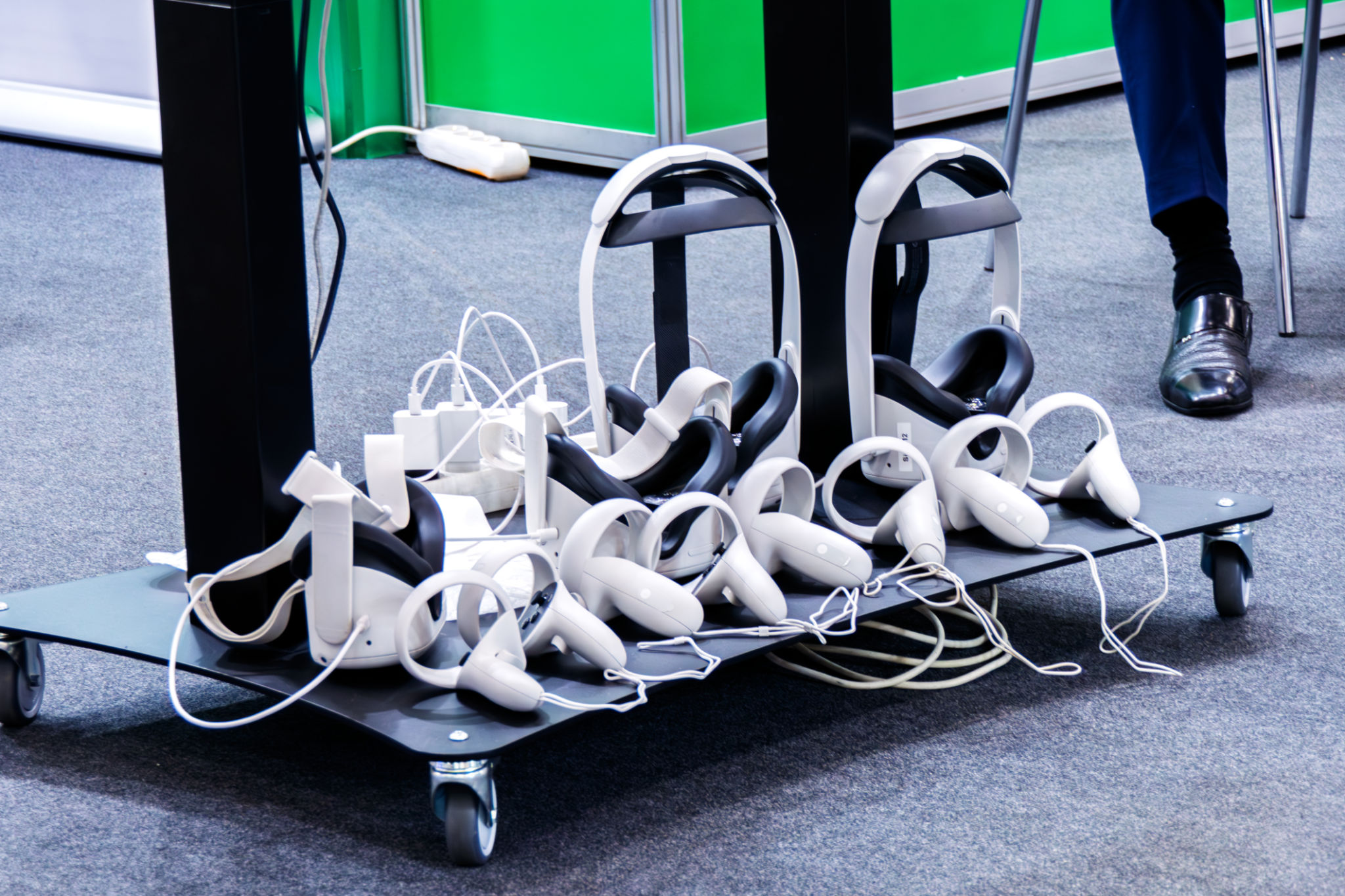The Future of VR and AR Accessories: Trends to Watch
As technology continues to advance at a rapid pace, the world of Virtual Reality (VR) and Augmented Reality (AR) is evolving, bringing with it a host of new accessories that enhance user experiences. These developments are set to redefine how we interact with digital content, offering more immersive and intuitive ways to engage with both virtual and augmented worlds.
One of the most significant trends in VR and AR accessories is enhanced haptic feedback. This technology allows users to experience touch sensations, making virtual interactions feel more realistic. Companies are developing gloves and suits that simulate textures, pressure, and even temperature, creating a more immersive environment for users.

Wearable Technology
Wearable technology is becoming increasingly important in the realm of VR and AR. Headsets are becoming lighter and more comfortable, with improved optics and wider fields of view. Additionally, developers are focusing on creating stylish, everyday wearables that integrate seamlessly into users' lives, allowing for both VR and AR experiences without the need for bulky equipment.
Smart glasses are at the forefront of this trend, offering AR functionality in a sleek design. These devices overlay digital information onto the real world, opening up possibilities for navigation, gaming, and even workplace productivity. With tech giants investing heavily in this area, smart glasses could soon become as ubiquitous as smartphones.

Spatial Audio Innovations
Another exciting development is in the field of spatial audio. This technology creates 3D soundscapes that correspond with the user's movements within a virtual or augmented space. By accurately simulating how sound travels in different environments, spatial audio enhances realism and immersion.
Headphones and earbuds with advanced spatial audio capabilities are being designed to complement VR and AR experiences. These devices provide users with an auditory experience that matches the visual elements of their digital surroundings, further blurring the line between reality and simulation.

Controller Advancements
The evolution of controllers is also playing a crucial role in the future of VR and AR accessories. Traditional handheld controllers are being replaced by more intuitive options, such as gesture-based controls and voice recognition. These advancements allow users to interact with virtual environments more naturally and efficiently.
Gesture recognition technology enables users to navigate and manipulate objects using hand movements, while voice commands provide an additional layer of interaction. These innovations aim to remove barriers between users and their digital experiences, making VR and AR more accessible to a broader audience.
Health and Fitness Applications
VR and AR accessories are also making significant inroads into the health and fitness sectors. Companies are developing tools that leverage these technologies to promote wellness, offering virtual workouts, meditation sessions, and interactive health monitoring. Such applications not only make fitness routines more engaging but also provide valuable data for tracking progress.
With sensors embedded in VR headsets and other wearables, users can monitor their heart rate, calories burned, and other vital statistics in real-time. This integration of health metrics into VR and AR experiences offers a comprehensive approach to personal well-being.

The future of VR and AR accessories is undoubtedly bright, driven by continuous innovation and consumer demand for more engaging digital interactions. As these technologies become more sophisticated, they promise to transform various aspects of our lives, from entertainment and education to work and wellness.
Keeping an eye on these trends will be essential for anyone interested in the next generation of digital experiences. The integration of enhanced haptics, wearables, spatial audio, intuitive controls, and health applications marks a new era for VR and AR, where the possibilities are limited only by the imagination.